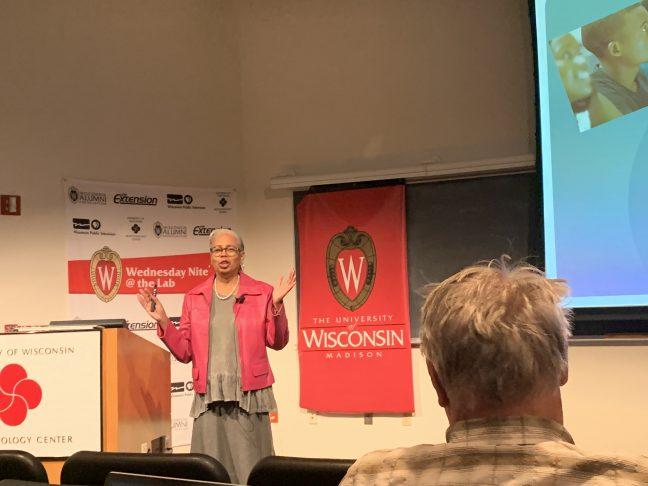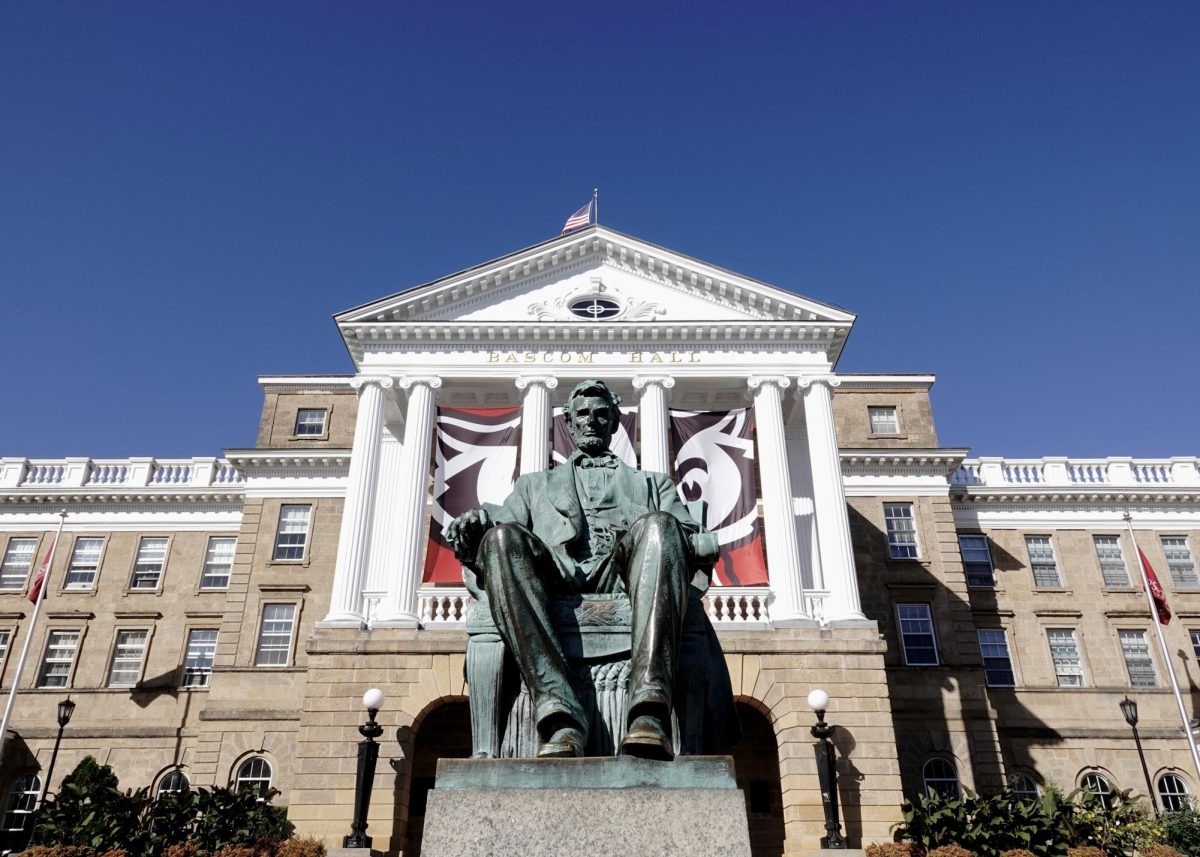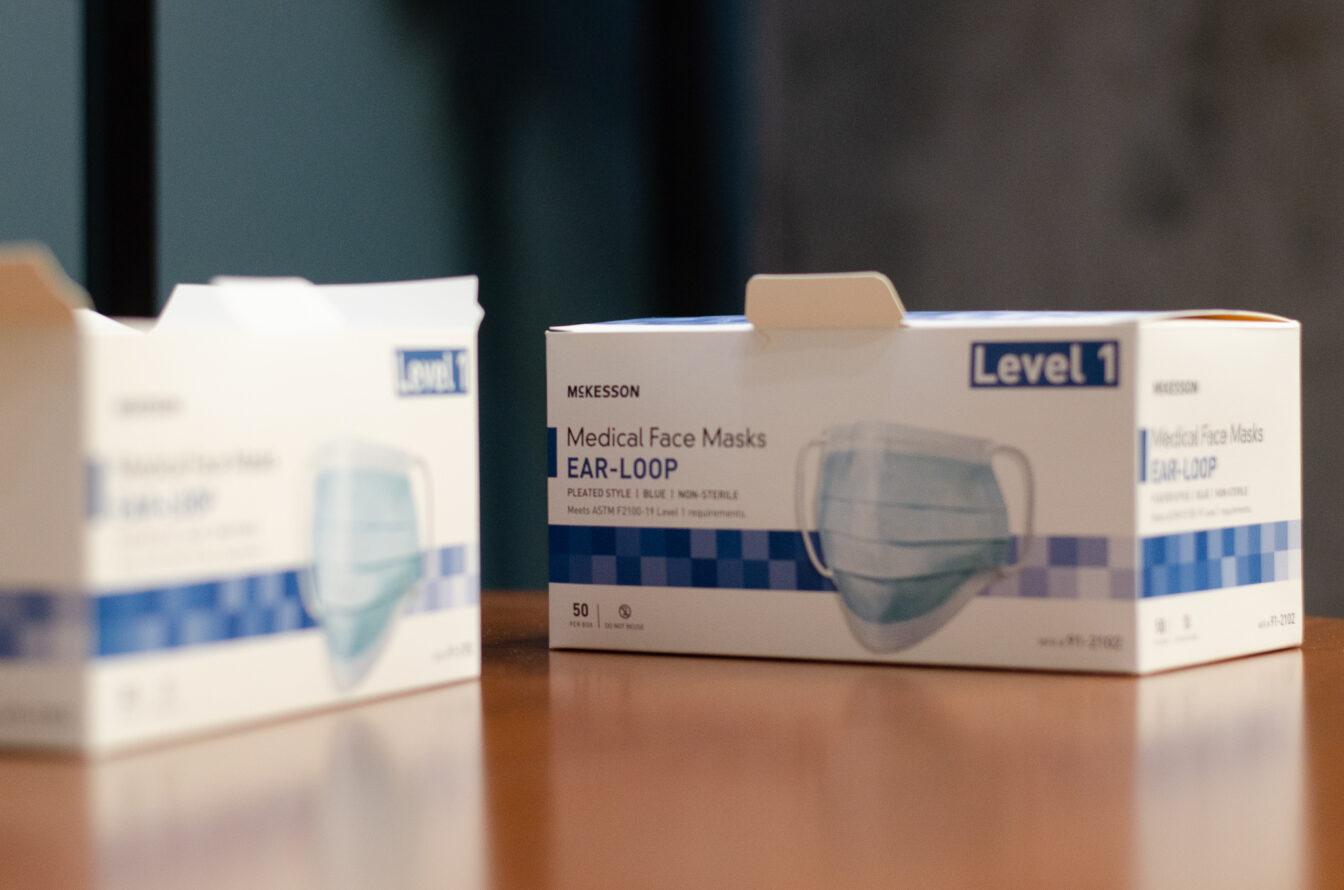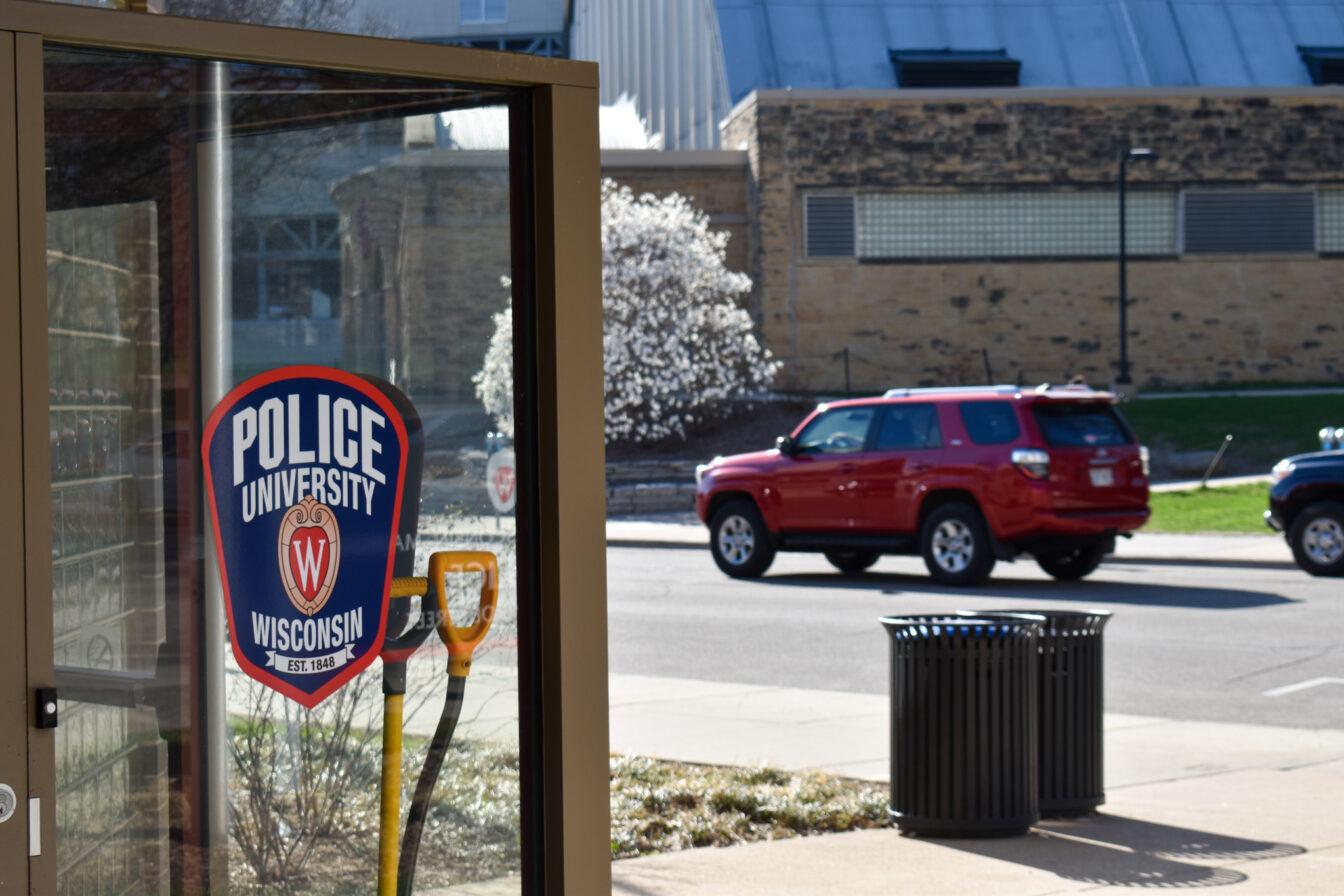President of the National Academy of Education and former President of the American Educational Research Association Gloria Ladson-Billings discussed the Wisconsin idea and the inequitable education of students in Wisconsin Tuesday evening.
Ladson-Billings said she thought the general aggregate health of education in Wisconsin is pretty good.
Ladson-Billings examined Forward Exam, an exam designed to gauge how well students are doing in relation to the Wisconsin Academic Standards. After looking at the results she observed a 35-40% disparity between black and white student academic proficiency.
The statistics reveal white students performed sufficiently better on exams than black students. Ladson-Billings said this gap has several causes.
Ladson-Billings said though across the country 42% of African-Americans own homes, in Dane County that number is only 17%. This lack of affordable housing shows the economic disparity that also affects the graduation rates of these students, Ladson-Billings said.
“If you are in a low-income family, it is much less likely you will graduate from high school,” Ladson-Billings said.
With a lack of education, low-income families are unable to obtain sufficient jobs. This continues the cycle of poverty existing in Dane County.
Political, civic engagement in higher education important part of Wisconsin Idea, speaker says
Ladson-Billings said the education system is not set up for the success of African-American students.
“The schools are set up to continue to produce for high-income white kids,” Ladson-Billings said.
Ladson-Billings also said the great discipline disparity in schools contributes to the disadvantage of black students.
While observing a student-teacher, Ladson-Billings said she noticed a white child got out of their seat a total of nine times and each time the teacher asked them to sit down. But, when one black child stood up, the teacher immediately kicked them out of class.
Ladson-Billings said this discipline disparity shows implicit bias towards African-American students, which continues to hinder their education and chances of future success.
“The issue arises when there is a perception that certain kids are always in the right,” Ladson-Billings said.
In order to combat this inequity, Ladson-Billings said there must be a change in the mindset of teachers and school board members.
UW professor discusses importance of understanding diagnosis of autism in higher education
Ladson-Billings said African-American students should be encouraged to take higher-level courses, like Advanced Placement.
Ladson-Billings said while implicit bias and labels against African-American students are difficult to pinpoint at times, teachers and faculty should work to be cognizant of them and to engage with all students equally.
“Just because something is impossible does not mean it’s not worth doing,” Ladson-Billings said.













